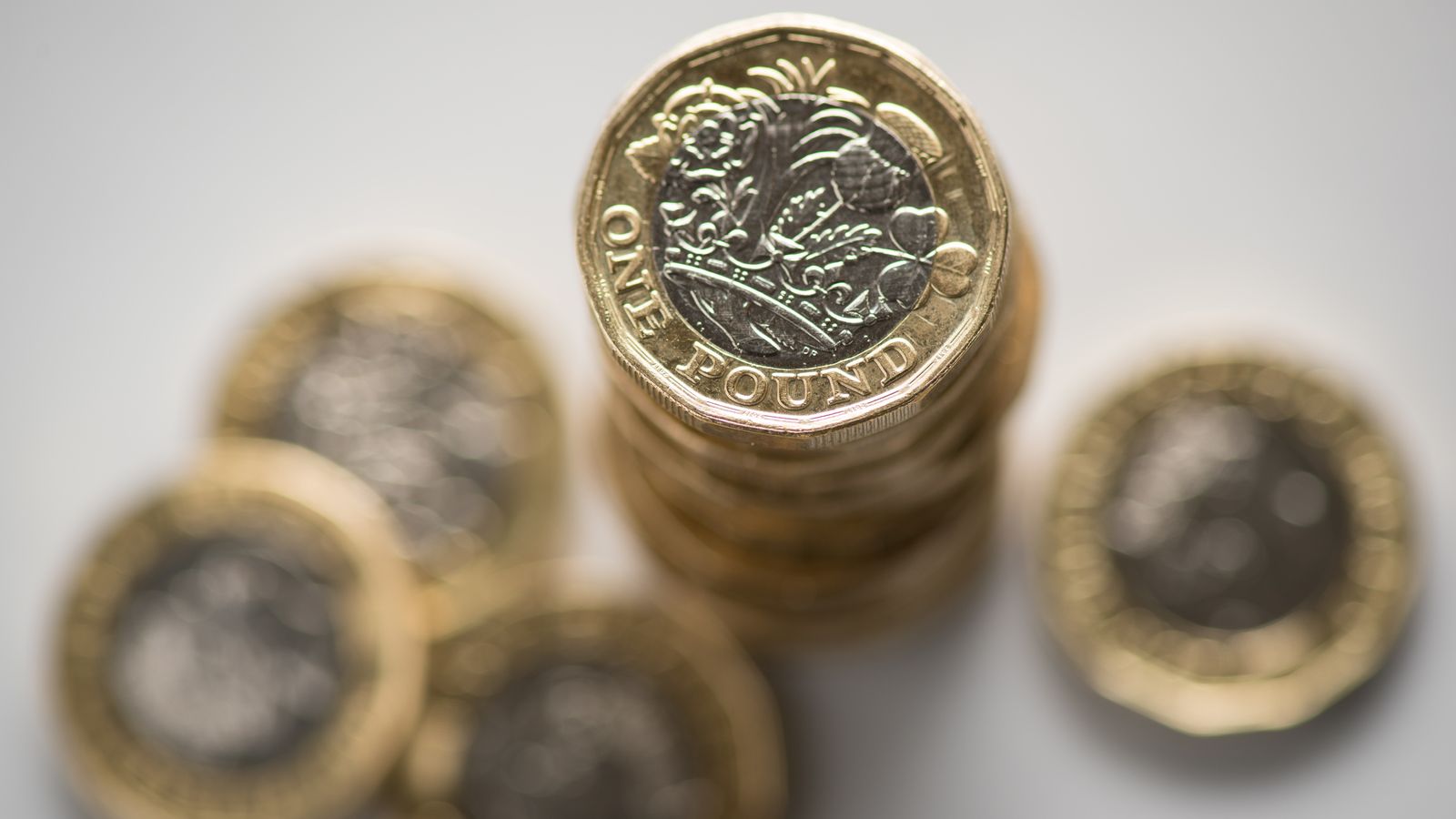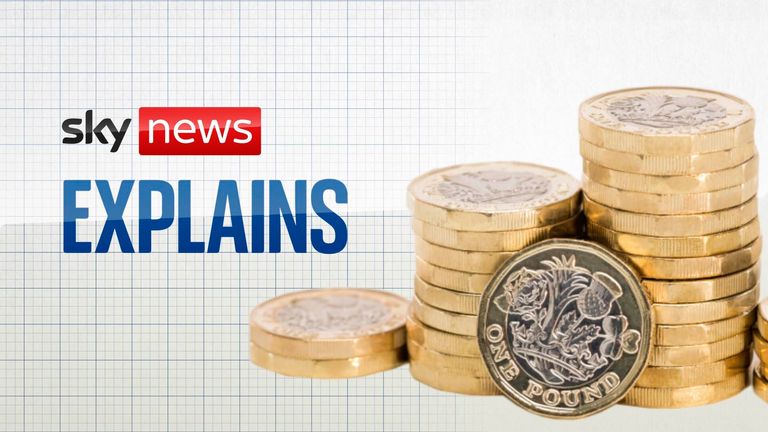Okay, let’s start with the good news. Having dropped to the lowest level in history at the start of the day, the pound later bounced back.
By the middle of the afternoon, it was trading at around $1.09 against the US dollar, which was higher than it was at the end of play on Friday.
Now the bad news: the reason the pound has rallied is in large part because traders are now assuming the Bank of England will take action, raising interest rates to eye-watering levels next year in the face of Kwasi Kwarteng’s fiscal blitz last Friday.
They are assuming a squeeze that takes mortgage costs for the average household to the tightest they have been in three decades, causing serious pain for mortgage payers.
The real story, in other words, is not necessarily the one that’s been hogging the headlines in recent days. The collapse in the pound down to (briefly) the lowest levels in history is indeed interesting. It is a historic moment. But the real story is not so much the pound but those expectations for interest rates.
A few months ago interest rates were expected to peak at around 1.5% next year. Then came Russia’s invasion of Ukraine which pushed up inflation even higher and along with it went interest rates.
By August traders in money markets were betting on rates hitting 2.75% next year. Then, after Liz Truss took office, the expected peak rose to 4.7%. Today, in the wake of Friday’s fiscal event, the expected peak rose to 6%.
Now, quite what constitutes eye-watering levels of interest rates is not quite as simple as you might have thought.
For much of the 1970s and 1980s, interest rates were at double-digit levels – far above their current 2.25%. By contrast, 6% looks reassuringly low. But don’t be fooled.
For much of the past few generations, the average household had significantly lower mortgage debts and considerably higher incomes versus their repayments. Thus even though the nominal interest rate was exceedingly high, those mortgages were actually more affordable.
For instance, while headline interest rates might have been just over 11% in 1988, adjust that for the fact that mortgage holders these days are considerably more indebted, with lower incomes vs their repayments, and that’s equivalent to about 4.6% in today’s market. An interest rate of 6% today is about the same as experienced in the housing market in 1989, when headline interest rates were nearly 14%.
Read more:
Bank of England ‘will not hesitate to change interest rates as necessary’ after pound’s fall
Five reasons why fall in pound matters and what the implications are
This is a point I’ve made before but it’s worth repeating: while a 6% rate might sound low by historical standards, it’s really not. It’s actually unaffordable for many households. This may or may not be something the Conservative party is content with, but it will certainly exert a painful toll across much of Middle England if it comes to pass.
In the meantime, all eyes are likely to remain on the Bank of England and Treasury in the coming weeks.
Their statements did little to assuage markets. The Bank may be forced to hike interest rates in the coming weeks if the pound take a further turn.
These are uncertain times and it is unclear precisely when that uncertainty will lift.

